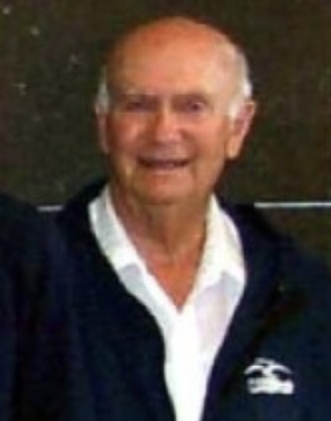Integral Matrices: Morris Newman
Date: 1972
NBS’ Morris Newman was a pioneer in computational number theory, which has deep connections to cryptography.

Morris Newman was an outstanding mathematician who spent the first part of his research career (1951-1977) at NBS. He was an expert in the subfield of discrete mathematics known as number theory, which is the study of the properties of integers (or whole numbers). Number theory has many applications in computer science, such as error correcting codes and random number generation, as well as in cryptography. Newman’s work in this field led to two pioneering books, Matrix Representation of Groups (1968) and Integral Matrices (1972) which became standard references. Newman had a strong interest in computing; indeed, he was an avid user of the SEAC, one of the earliest computers, for which he developed one of the earliest program libraries for matrix computations, i.e., the solution of systems of linear equations. His classic paper entitled “Solving Equations Exactly,” published in 1967 describes a method for finding the exact solution to a system of linear equations with integer coefficients which is still in use today.
References
- M. Goldberg, Morris Newman --- a discrete mathematician for all seasons, Linear Algebra and Its Applications, volume 254 (1997), pp. 7-18.
- M. Newman, Matrix Representation of Groups, NBS Applied Mathematics Series 60, 1968.
- M. Newman, Integral Matrices, Academic Press, 1972.
- M. Newman, Solving Equations Exactly, Journal of Research of the National Bureau of Standards, volume 71B (October 1967), pp. 171-180.

